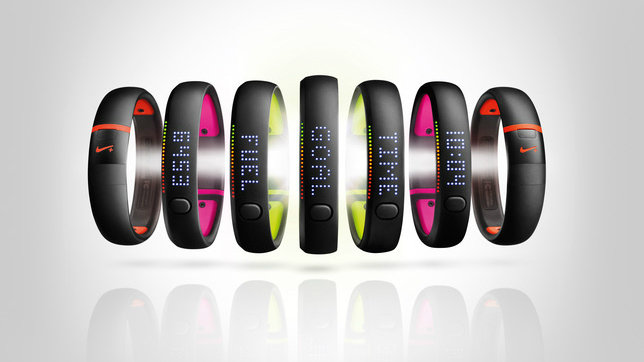The challenges wearable tech needs to overcome to succeed
ARM's looking to outmuscle the competiton

Chip designer ARM spotted an opportunity to get its nose (ears, wrists, head and legs) ahead of the competition in the wearable tech race, something that the Cambridge-based company has grabbed by the, er, throat.
Focusing on low-powered chips designed to keep wearables going for longer, its processors have nestled their way into a number of gadgets - from Google Glass to fitness devices such as the Fitbit, Nike Fuelband and Jawbone UP - and the popular Pebble smartwatch.
While many wearable devices have comparatively limited functionality compared to their elder smartphone cousins, there are still complex and numerous challenges for the market to overcome.
Noel Hurley, Deputy GM of ARM's CPU Group, reckons that instead of housing "off-the-shelf" chips, wearables should be powered by ones engineered specifically for particular use cases and run on tailor-made software to eke out maximum performance and battery life.
We spoke to Hurley at the Wearable Technology Show 2014 to find out how the market is progressing, the challenges it needs to overcome and why every wearable tech company should be thinking about growing its platform's ecosystem.
Performance gains
TechRadar Pro: Wearables are still in their infancy. In terms of aspects like performance and battery life, where are the biggest improvements going to come from in the next few years?
Noel Hurley: The market's maturing, with a lot of companies currently putting out different wearables that are packing "off the shelf" chips, as it were.
Sign up to the TechRadar Pro newsletter to get all the top news, opinion, features and guidance your business needs to succeed!
As the market starts to mature and the volumes increase, it makes more sense to engineer chips and software specifically for wearables. That's where I think we will get the big wins in terms of battery life and also performance and functionality.
Inevitably, off-the-shelf solutions aren't going to be as efficient as they were designed for something completely different.
Many of the smartwatches we've seen so far are guilty of taking Android and putting it onto a smartphone chip (ed: all of them ARM-based) that's been taken off the shelf, packaged up as a watch and put out onto the marketplace.

TRP: But wearables are picking up traction now - isn't using off-the-shelf components a necessary evil for companies to beat their competitors to market?
NH: I think it's a combination of factors. It's partly about capturing interest, but I also don't believe anybody has the right answer yet. Many companies are looking to experiment and put different solutions onto marketplace.
They're playing with different technologies and testing their concepts and ideas, which is the phase I think we're looking at now. They're gathering too: the Google guys are getting great feedback from Glass's concept about what works, what doesn't work and how now to take that technology forward.
It's the same with the smartwatch people and the fitness and lifestyle bands. They're getting products into the marketplace and testing what the consumers like and don't like.
